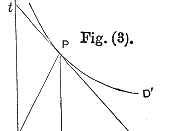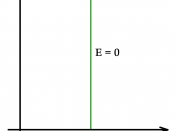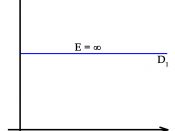Price elasticity of demand (PED) is the responsiveness of quantity demanded in relation to the price. Normally as price increases for an elastic good the quantity demanded will fall. This is affected by how many close substitutes there are for the good and if the good is a luxury good (jewelry) or a necessary good (food). If the price of a certain type of cheese increases, less will be demanded because there are many substitutes available such as other brands of cheese. The inelasticity of demand is applicable when referring to goods which have few if any substitutes, super bowl commercials are an example of an inelastic good. The network airing the super bowl has a fixed amount of commercials they are able to sell which results in a quota of commercials that needs to be filled. The longer the period before the night of the super bowl, the higher the price per commercial is.
As super bowl night gets closer the price gets lower in order for the network to fill all available commercial slots. When this happens smaller companies who cannot afford the initial price will find themselves in the middle of a price war nearing the super bowl airing. When there is a fixed supply of a certain good the elasticity of the good is inelastic since no matter how large the demand for super bowl commercials the supply will never increase which results in a vertical supply curve. This type of elasticity of demand is said to be perfectly inelastic where PED = 0.
P1 is the highest price the network wishes to charge per commercial. At P1 only Q1 is demanded so neither the large companies (D1) nor the small companies (D2) are willing to meet the network's quota (Q). At P2 the larger...


